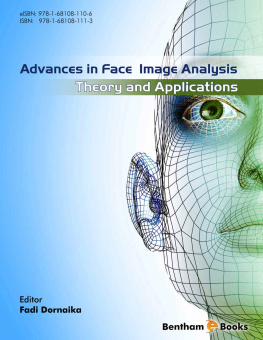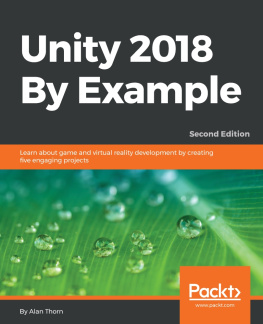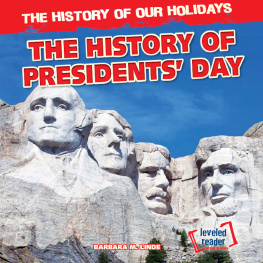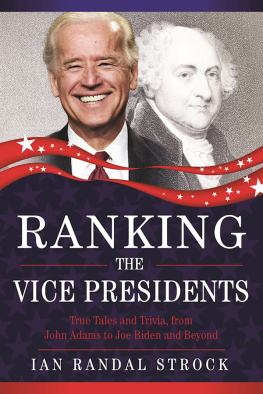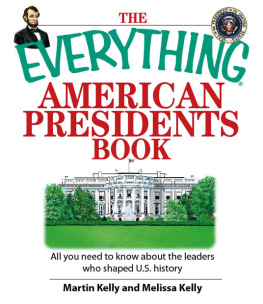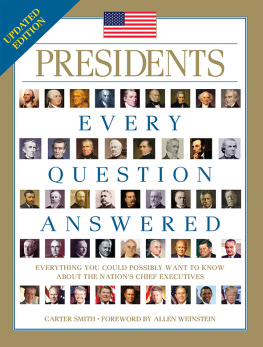Неизв. - The New Big Book of U.S. Presidents
Here you can read online Неизв. - The New Big Book of U.S. Presidents full text of the book (entire story) in english for free. Download pdf and epub, get meaning, cover and reviews about this ebook. year: 2021, publisher: Running Press, genre: Politics. Description of the work, (preface) as well as reviews are available. Best literature library LitArk.com created for fans of good reading and offers a wide selection of genres:
Romance novel
Science fiction
Adventure
Detective
Science
History
Home and family
Prose
Art
Politics
Computer
Non-fiction
Religion
Business
Children
Humor
Choose a favorite category and find really read worthwhile books. Enjoy immersion in the world of imagination, feel the emotions of the characters or learn something new for yourself, make an fascinating discovery.

The New Big Book of U.S. Presidents: summary, description and annotation
We offer to read an annotation, description, summary or preface (depends on what the author of the book "The New Big Book of U.S. Presidents" wrote himself). If you haven't found the necessary information about the book — write in the comments, we will try to find it.
Неизв.: author's other books
Who wrote The New Big Book of U.S. Presidents? Find out the surname, the name of the author of the book and a list of all author's works by series.
The New Big Book of U.S. Presidents — read online for free the complete book (whole text) full work
Below is the text of the book, divided by pages. System saving the place of the last page read, allows you to conveniently read the book "The New Big Book of U.S. Presidents" online for free, without having to search again every time where you left off. Put a bookmark, and you can go to the page where you finished reading at any time.
Font size:
Interval:
Bookmark:
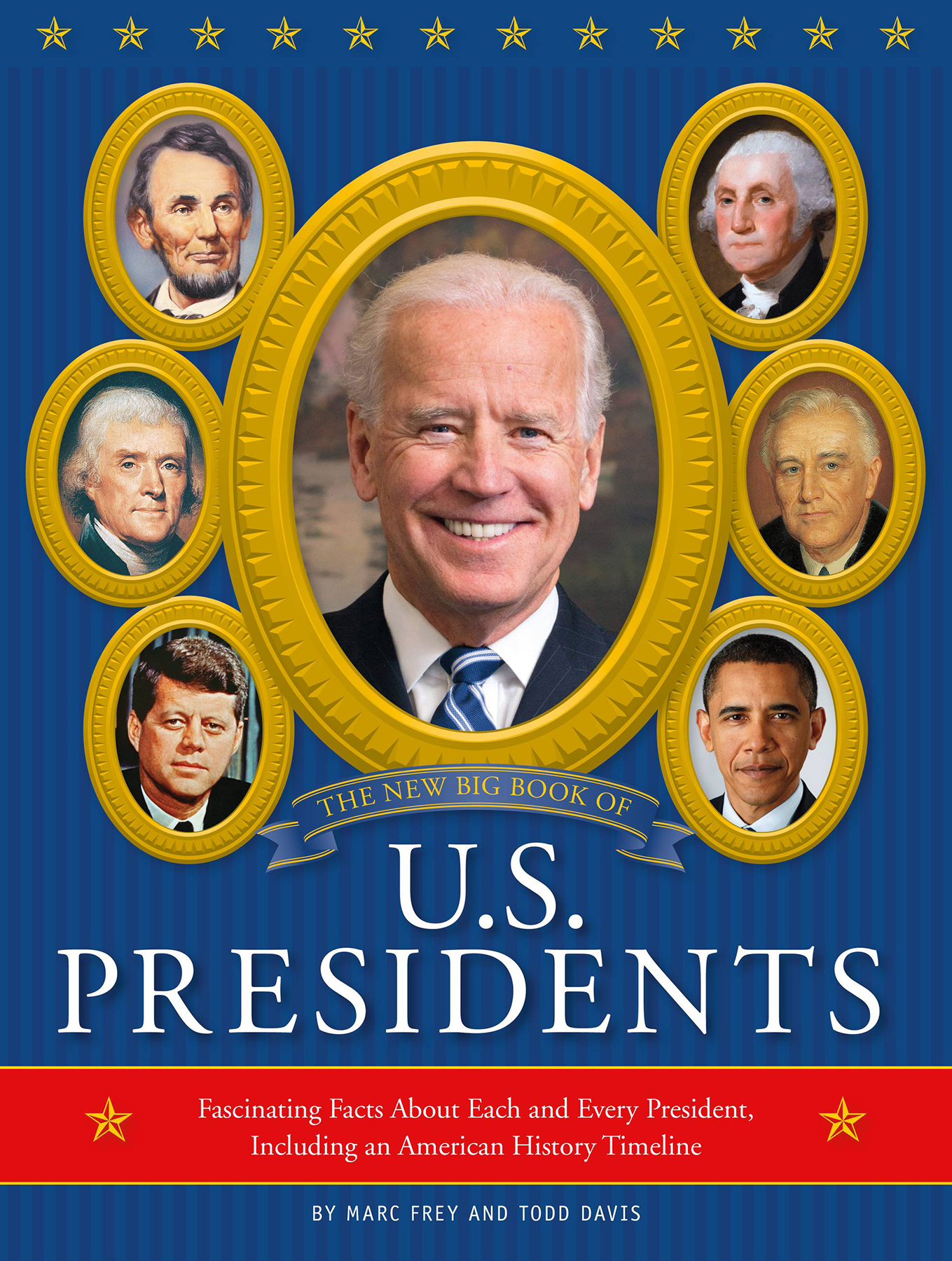
Copyright 2021, 2017, 2008, 2004, 2000 by Running Press Kids
Cover copyright 2021 by Hachette Book Group, Inc.
Hachette Book Group supports the right to free expression and the value of copyright. The purpose of copyright is to encourage writers and artists to produce the creative works that enrich our culture.
The scanning, uploading, and distribution of this book without permission is a theft of the authors intellectual property. If you would like permission to use material from the book (other than for review purposes), please contact permissions@hbgusa.com. Thank you for your support of the authors rights.
Running Press Kids
Hachette Book Group
1290 Avenue of the Americas, New York, NY 10104
www.runningpress.com/rpkids
@RP_Kids
First Edition: January 2021
Published by Running Press Kids, an imprint of Perseus Books, LLC, a subsidiary of Hachette Book Group, Inc. The Running Press Kids name and logo is a trademark of the Hachette Book Group.
The Hachette Speakers Bureau provides a wide range of authors for speaking events. To find out more, go to www.hachettespeakersbureau.com or call (866) 376-6591.
The publisher is not responsible for websites (or their content) that are not owned by the publisher.
Print book cover by Ryan Hayes. Print book interior design by Alicia Freile.
Cover illustration by Frank Sipala
Text updates by Joanne Mattern. Edited by Molly Jay, Elizabeth Encarnacion, T.L. Bonaddio, and Marlo Scrimizzi. Photo research by Jane Sanders and Susan Oyama.
Library of Congress Control Number: 2020940702
ISBNs: 978-0-7624-7144-7 (hardcover), 978-0-7624-7142-3 (ebook)
E3-20201221-JV-NF-ORI
To receive special offers, bonus content, and news about ourlatest ebooks and apps, sign up for our newsletters.
Sign Up
Or visit us at hachettebookgroup.com/newsletters
A s the Revolutionary War erupted around them, members of the Continental Congress turned to the difficult task of creating an effective national government. The delegates clashed over whether to form a strong, centralized government or a loosely joined confederation of sovereign states. The resulting Articles of Confederation, ratified in March 1781, represented a compromise. The Articles gave Congress certain powers but reserved significant powers for the states.
The Articles gave each state so much power and independence that the central government had difficulty establishing a national policy. Accordingly, by 1786 many political leaders believed that America needed a stronger national government. Meeting in Philadelphias Independence Hall, where the Declaration of Independence had been proclaimed a decade before, delegates representing every state except Rhode Island debated the form of that new government. Most delegates agreed that it should be strong without being oppressive, and they worked to balance liberty and order. Ratified in 1788, the Constitution they finally produced represents a series of compromises between national and local authority and between the interests of the large states and the concerns of the smaller ones.
The delegates established a two-house (bicameral) national legislature, with broad powers over commerce, taxation, and war. In the House of Representatives, the lower chamber, representation was based on the total of each states white population plus three-fifths of its black population. In the Senate, the upper house, each state has two members regardless of its population. The founders expected the House of Representatives to be the branch more responsive to the people. Therefore, congressmen are directly elected by the people and serve two-year terms. The delegates believed that the Senate, in contrast, should be above public whims and passions. Under the original terms of the Constitution, members of the Senate were appointed by state legislatures and served six-year terms. In 1913, the 17th Amendment enabled the people to directly elect their senators.
In addition to Congress, the Constitution created two other equal branches of government: the executive and the judicial. Elected independently of Congress, the chief executive, or president, could originally serve an unlimited number of four-year terms. (In 1951, following Franklin D. Roosevelts four presidential victories, the 22nd Amendment limited the president to two terms.) The Supreme Court heads the judicial branch. To ensure the judges independence from political pressure, the Constitution provides that they serve for life.

The founders empowered each branch of the government to check and balance the others, so that no one branch could dominate. For example, the president has veto power over laws enacted by Congress, but his veto can be overridden by a 2/3 vote in both houses. The president also chooses all federal judges, ambassadors, and other heads of government departments (called the cabinet). Most of these appointments have to be approved by the Senate. The Supreme Court also exercises an important brake on the other two branches. Although the Constitution doesnt explicitly give the Court the power to declare a law unconstitutional, the Court began to exercise that power in 1803 and has used it ever since. Finally, Congress can put on trial and remove from office both the president and members of the judiciary.
Despite the checks and balances, the Constitution did very little to protect individual rights. The first ten amendments, adopted in 1791, placed restraints on the power of the federal government over ordinary citizens. They protected individual liberties (such as freedom of speech, the press, and religion), guaranteed trial by jury, and forbade cruel and unusual punishments. These constitutional amendments have protected individuals basic rights throughout the nations history.
P residents have never been elected by the direct vote of the people. Instead, the voters of each state choose a group of men and womenmembers of the electoral collegewho then vote for the president. Each states number of electors is equal to its total of senators and representatives. California, the most populous state, has 54 electors, while Vermont has only 3. Because of this difference, presidential campaign strategy focuses on larger states like California, New York, Texas, Illinois, Pennsylvania, and Florida. At present, the total number of electors is 538, and a candidate needs a majority of 270 electoral votes to win the presidency. If the candidate doesnt get that number, the House of Representatives decides the election.
The drafters of the Constitution created the electoral college because they wanted to shield the presidential election from direct popular control. According to the electoral procedure originally specified in the Constitution, the electors voted for the two most qualified persons without specifying their choices for president and vice president. The candidate receiving the greatest number of electoral votes would be president, and the second-place finisher would be vice president. In 1804, the 12th Amendment separated the voting for president and vice president.
Aside from a few other minor changes, the procedure worked out by the framers of the Constitution is basically the one in use today. The importance of the presidential electors has changed, however. As political parties developed and vied for power, party interests determined the electors votes. As a result, the parties presented lists of electors who were pledged to vote for their candidate (although technically an elector may vote as he or she wishes). Electors of a state therefore voted as a unit, and a winner-take-all system emerged. Whether a presidential candidate wins a state by one vote or one million votes, he still carries all the electoral votes of that state. In 1824, 1876, 1888, and 2000 the candidate who received the most popular votes ultimately lost the election. Since 1888, the winner of the popular vote has also received the majority of electoral votes.
Font size:
Interval:
Bookmark:
Similar books «The New Big Book of U.S. Presidents»
Look at similar books to The New Big Book of U.S. Presidents. We have selected literature similar in name and meaning in the hope of providing readers with more options to find new, interesting, not yet read works.
Discussion, reviews of the book The New Big Book of U.S. Presidents and just readers' own opinions. Leave your comments, write what you think about the work, its meaning or the main characters. Specify what exactly you liked and what you didn't like, and why you think so.

